
In an era where environmental concerns are at the forefront of global discussions, Sewage Wastewater Treatment is emerging as a critical topic for cities and industries alike. With rapid urbanization and industrial growth, the management of sewage and wastewater has never been more vital. This blog aims to provide an engaging overview of Sewage Wastewater Treatment, its types, reasons for sewage generation, the role of Sewage Treatment Plants (STPs), and innovative solutions like packaged STPs that are transforming wastewater management.
What is Sewage Treatment?

Sewage treatment is the process of removing contaminants from wastewater to make it safe for discharge into the environment or for reuse. This involves various physical, chemical, and biological processes designed to break down and remove harmful substances such as organic matter, pathogens, and nutrients. The ultimate goal of sewage treatment is to protect public health and preserve the environment.
Types of Sewage
Sewage can be classified into several categories based on its origin:
Domestic Sewage: This type comes from households and includes wastewater from toilets, sinks, showers, and laundry. It typically contains organic matter, nutrients (like nitrogen and phosphorus), and pathogens.
Industrial Sewage: Generated from factories and industrial processes, this sewage often contains toxic chemicals, heavy metals, and various pollutants, making its treatment more complex.
Stormwater: Rainwater runoff from urban areas can also be classified as sewage. It may pick up pollutants like oil, grease, and debris as it flows over streets and landscapes.
Agricultural Runoff: Wastewater from agricultural practices, including fertilizers and pesticides, can enter water systems, leading to pollution and eutrophication in water bodies.
Reasons for Sewage Generation
The generation of sewage is primarily driven by human activities. Some key reasons include:
Population Growth: An increasing population leads to more households and, consequently, more domestic sewage.
Urbanization: As cities expand, infrastructure for water supply and sewage disposal becomes strained, increasing the need for efficient wastewater treatment systems.
Industrial Activities: Factories and industries discharge substantial amounts of wastewater, often containing harmful substances that require specialized treatment.
Agricultural Practices: The use of fertilizers and pesticides in farming contributes to the generation of agricultural runoff, which can contaminate water sources.
The Role of STPs in Sewage Treatment

Sewage Treatment Plants (STPs) play a crucial role in managing sewage and ensuring that treated water meets environmental standards. Here’s how they contribute to the process:
Contaminant Removal: STPs utilize a series of treatment processes to remove solids, organic matter, pathogens, and nutrients from sewage.
Environmental Protection: By treating sewage before it is released into natural water bodies, STPs help prevent water pollution and protect aquatic ecosystems.
Water Reuse: Many STPs are now equipped to treat wastewater to a quality suitable for reuse in irrigation, industrial processes, or even potable purposes in some advanced systems.
Regulatory Compliance: STPs ensure that wastewater treatment meets government regulations, helping municipalities and industries avoid fines and legal issues.
What Are Sewage Treatment Plants?
Sewage Treatment Plants are facilities designed to treat wastewater generated from various sources. They typically consist of several stages of treatment, including:
Preliminary Treatment: In this stage, large debris and solids are removed using screens and grit chambers.
Primary Treatment: Sedimentation tanks allow heavier solids to settle, while lighter materials are skimmed off.
Secondary Treatment: Biological processes, such as activated sludge or trickling filters, break down organic matter and further purify the water.
Tertiary Treatment: This advanced stage involves filtration, disinfection, and nutrient removal, ensuring that the treated water meets strict quality standards.
Sludge Treatment: The sludge generated during the treatment process is further treated through anaerobic digestion or composting, allowing it to be safely disposed of or reused as fertilizer.
The Environmental Role of STPs
STPs play an indispensable role in maintaining the ecological balance of our environment. Here are some key environmental benefits of STPs:
Protecting Water Bodies: By treating sewage wastewater before discharge, STPs help maintain the quality of rivers, lakes, and oceans, preventing pollution and promoting biodiversity.
Reducing Water Scarcity: Through the reuse of treated wastewater, STPs contribute to conserving precious freshwater resources, essential in arid regions.
Mitigating Climate Change: Modern STPs are increasingly designed to be energy-efficient, utilizing renewable energy sources and minimizing greenhouse gas emissions during treatment.
Packaged STPs: The Future of Sewage Treatment
Packaged Sewage Treatment Plants (STPs) represent a breakthrough in wastewater management. These compact, prefabricated systems are designed for easy installation and operation, making them ideal for various applications, including residential complexes, commercial establishments, and remote locations. Here’s why packaged STPs are gaining popularity:
Space Efficiency: Their compact design allows for installation in areas with limited space, such as urban environments or rural settings.
Cost-Effective: Packaged STPs reduce construction costs and time, offering an economically viable solution for wastewater treatment.
Quick Deployment: Being pre-assembled and modular, these systems can be rapidly deployed, making them suitable for urgent wastewater treatment needs.
High-Quality Treatment: Packaged STPs incorporate advanced treatment technologies, ensuring high levels of purification while minimizing energy consumption.
Conclusion: A Sustainable Approach to Sewage Wastewater Treatment
As the world grapples with increasing population density and environmental challenges, effective sewage wastewater treatment has become a pressing necessity. Through innovative technologies like packaged STPs and the critical functions of traditional STPs, we can ensure that our water resources are protected and preserved for future generations. By investing in sustainable wastewater management solutions, we can create a healthier environment, safeguard public health, and contribute to a sustainable future.
Choosing a reliable sewage treatment solution is not just about compliance; it’s about fostering a world where clean water is accessible to all. As industry leaders like Sustainable Biosolutions Pvt. Ltd. (SUSBIO) continue to innovate and lead the way in wastewater treatment technologies, we can look forward to a future where sewage is treated not just as waste, but as a valuable resource.



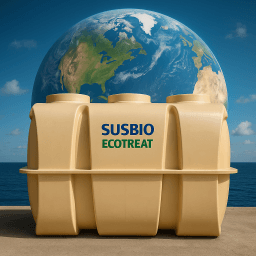

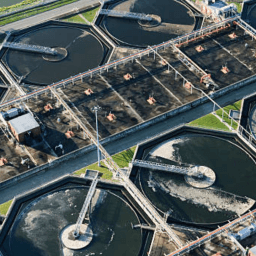







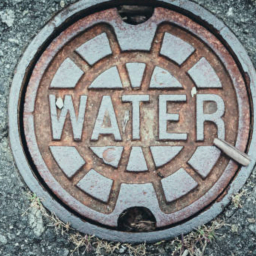
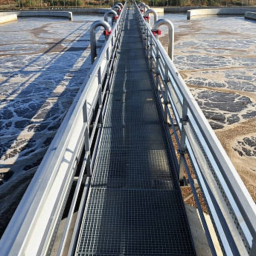

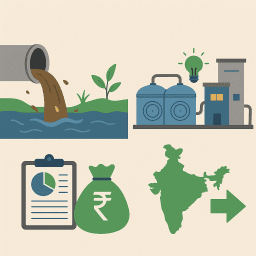

[…] an era where water scarcity and environmental pollution are critical global challenges, sewage wastewater treatment plants (WWTPs) have emerged as essential infrastructures for sustainable water management. These […]
Your blog post on sewage and wastewater treatment is highly insightful and highlights the critical need for sustainable solutions in managing our water resources. I found the discussion about integrating biological methods particularly fascinating, as these seem to strike a balance between efficiency and environmental responsibility.
As a general contractor often working with septic systems, I’m curious about the overlap between traditional septic tank setups and the advanced wastewater treatment methods you’ve described. Could these biological treatments be adapted or integrated into existing septic systems to enhance their performance and sustainability? If so, what challenges might one encounter in retrofitting such systems?
[…] 0 By Shaivya Tyagi Latest Blogs October 1, […]
[…] TreatmentTertiary wastewater treatment is an advanced process that further purifies the effluent through additional filtration, chemical […]
[…] and disinfection methods (such as UV treatment or chlorination) further purify the water, during tertiary wastewater treatment making it suitable for reuse or safe discharge into the […]